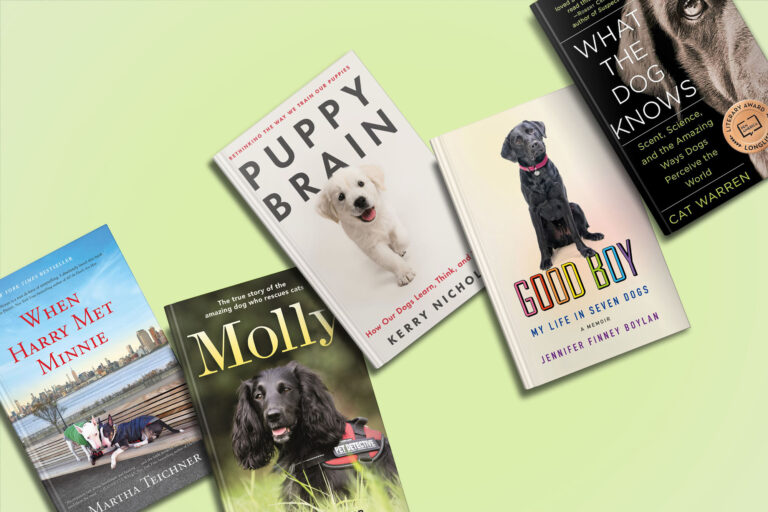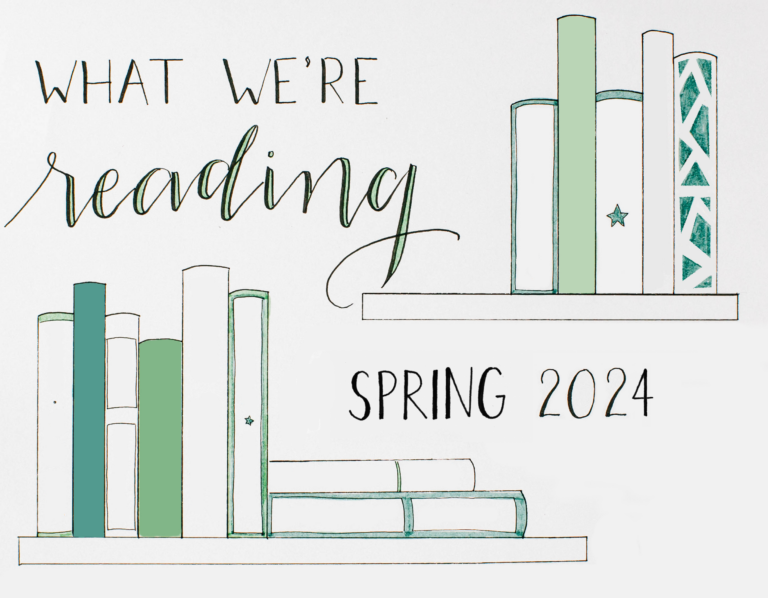
Literary Fiction is a category that’s often difficult to explain. Often thought of as “serious” fiction (and nearly exclusively novels), it’s easier to identify Literary Fiction by what it’s not. That is, it’s fiction that doesn’t fit in well-defined genres, like Thriller, Science Fiction, or Romance. Here’s how we define Literary Fiction, a look at its origins, and some popular types.
“Literary Fiction” Definition
The category of Literary Fiction is quite fluid and for the last few decades has easily overlapped with any number of genres. Even though its definition is a broad target, Literary Fiction definitely has characteristics of its own.
Whereas genre fiction from Romance to Dystopian Horror is plot-driven, Literary Fiction is character-driven. Any action in the story impacts the main character or characters, and understanding this impact is the whole point of telling the story. The overall tone of the book is introspective. Literary Fiction, then, is always a study of the human condition and often an exploration of difficult social or political issues that control our lives. For this reason, it’s generally considered more “serious” than genre fiction.
Another way to recognize Literary Fiction is by its story structure. Unlike, say, Thrillers or Science Fiction, Literary Fiction doesn’t follow a formula. A story arc may or may not be present, which also means that a satisfying ending is no guarantee. The line between hero and villain is often blurry, as is what they are trying to accomplish. And without a tidy plot to spell out every character’s motive, intangible details — metaphor, symbolism, or imagery, for example — play a larger role in telling the story.
The History of Literary Fiction
In many ways, the origins of Literary Fiction follow the origins of the novel. We can look at one of the earliest examples of a Western novel, Miguel de Cervantes’ The Ingenious Gentleman Don Quixote of La Mancha (1605-1615), and see how a character, not the action, is the focus of the tale. Although adventures abound, the takeaway from the novel is their influence on Don Quixote’s psychological state over time.
Over the next 300 years, the novel emerges as a legitimately intellectual way for authors, readers, and critics to deal with contemporary social issues. Novels are now responsible for influencing politics, and their characters become symbols within a larger social or psychological conversation. Charles Dickens’ A Christmas Carol (1843) gives us Ebenezer Scrooge, a name we use to describe someone who’s deeply damaged by their own greed. Harriet Beecher Stowe’s Uncle Tom’s Cabin (1852), so inflames American attitudes toward slavery that it’s credited with being one of the sparks of the Civil War.
Modernism’s concerns with society and its effects on us as individuals are a standard of Literary Fiction by the late 1800s. By the early 1900s, Literary Fiction embraces Stream of Consciousness, taking us even deeper into the meditative, human experience. William Faulkner famously opens The Sound and the Fury (1929) by putting readers in the middle of one character, Benjy’s, thoughts. Without context or even a chronological story, we’re left to figure out the plot for ourselves.
After the horrors of WWII, Postmodern novels push the boundaries further. While characters still question the morality of the day, they also challenge the idea that truth or objective reality even exist. Think of Captain Yossarian’s struggle with the absurdity of free will in Joseph Heller’s Catch-22 (1961), or how the women of Marilynne Robinson’s Housekeeping (1980) decide what will and will not define them as a family.
Types of Literary Fiction
Character-driven stories, social and political themes, irreverence for storytelling norms — these elements set Literary Fiction apart.
Contemporary Literary Fiction deals with timely social issues or political moments. In Giovanni’s Room (1956), James Baldwin introduces readers to two men as they begin an affair, and their struggles to understand their sexual identities in the heady days of 1950s Paris. Saint X by Alex Schaitkin (2020) tells the story of a search for a murderer, a pursuit that quickly becomes complicated by the characters’ presumptions about race and class.
Realistic Literary Fiction includes coming-of-age stories and biographical novels. In J. D. Salinger’s classic coming-of-age novel, The Catcher in the Rye (1951), young Holden Caulfield grows wise to the hypocrisy of his prep-school life and chases authenticity in the streets of New York City. In the Time of the Butterflies (1994) by Julia Alvarez fictionalizes the lives of the four Mirabal sisters. Called “Las Mariposas,” the sisters plotted to overthrow the corrupt Trujillo regime in the Dominican Republic, an act that got three of them assassinated.
Experimental Literary Fiction challenges storytelling conventions. Novels can be a mix of visual art, poetry, and stream-of-consciousness prose. Sometimes, the act of reading itself is a part of the story, making the reader self-conscious of what they’re bringing to the text. David Foster Wallace’s Infinite Jest (1996) is essentially a comedic study of what entertains us, but the structure winds through hundreds of sub-plots and even more footnotes, all while never reaching a conclusion.
Philosophical Literary Fiction investigates life’s big questions, such as: What makes us human? What is love? How significant are we? What, if anything, matters? Fyodor Dostoevsky tackles the idea of Goodness in The Idiot (1869). Prince Myshkin is described as a “positively good and beautiful man” who is exposed to some of society’s greediest, most deceitful characters with horrible consequences. The Overstory (2018) by Richard Powers seeks to understand our place in the natural world. As a group of strangers battle to save a virgin forest, each of them questions why they care so much, and why the rest of society seems not to care at all.
Most of these types overlap with each other and with genre fiction, which easily veers out of its lane into Literary Fiction territory (Margaret Atwood’s dystopian classic, The Handmaid’s Tale, is a good example). But if one universal theme could be applied, it’s this: No one has figured out the meaning of life, other than to acknowledge that there’s more than one way to live it.


